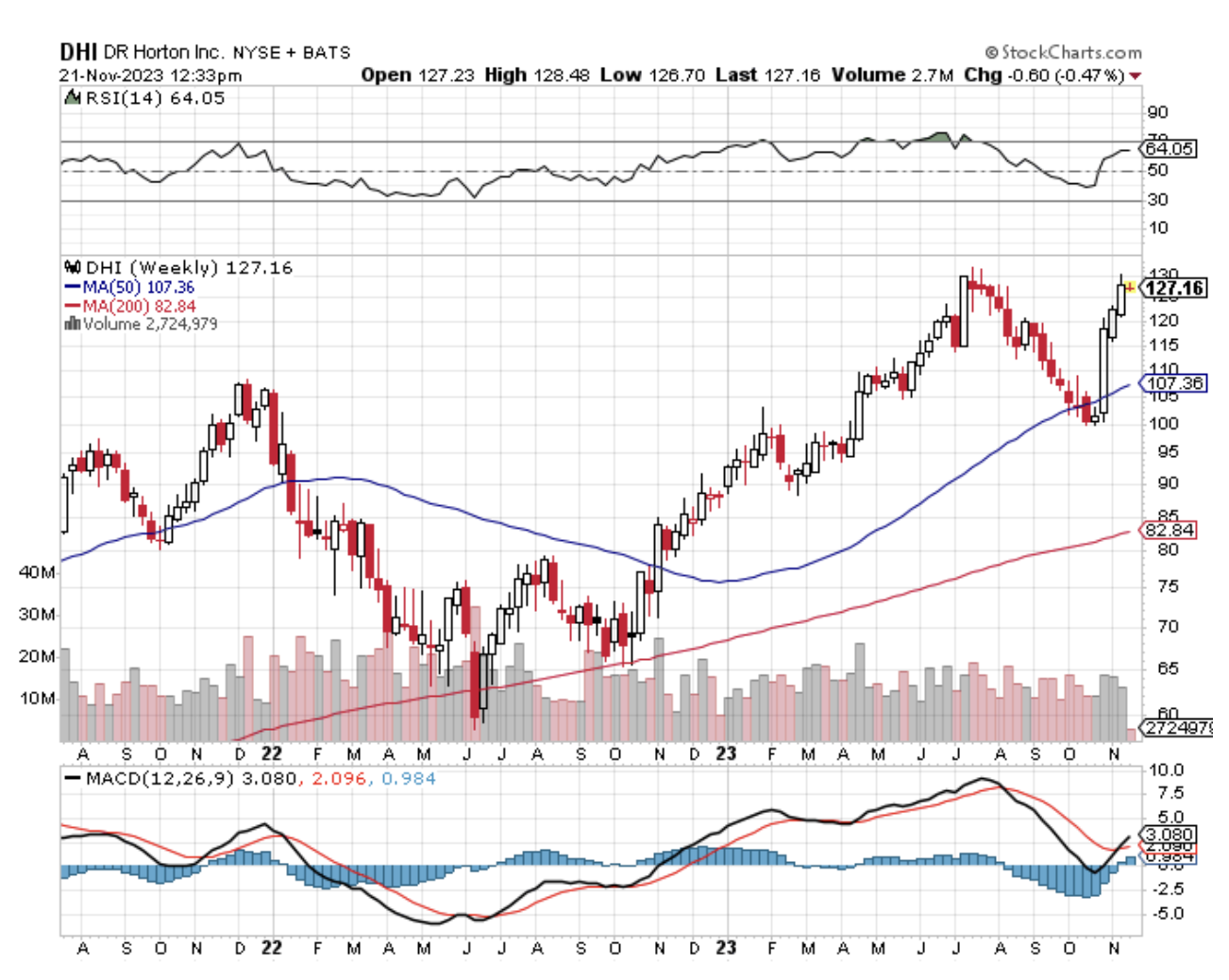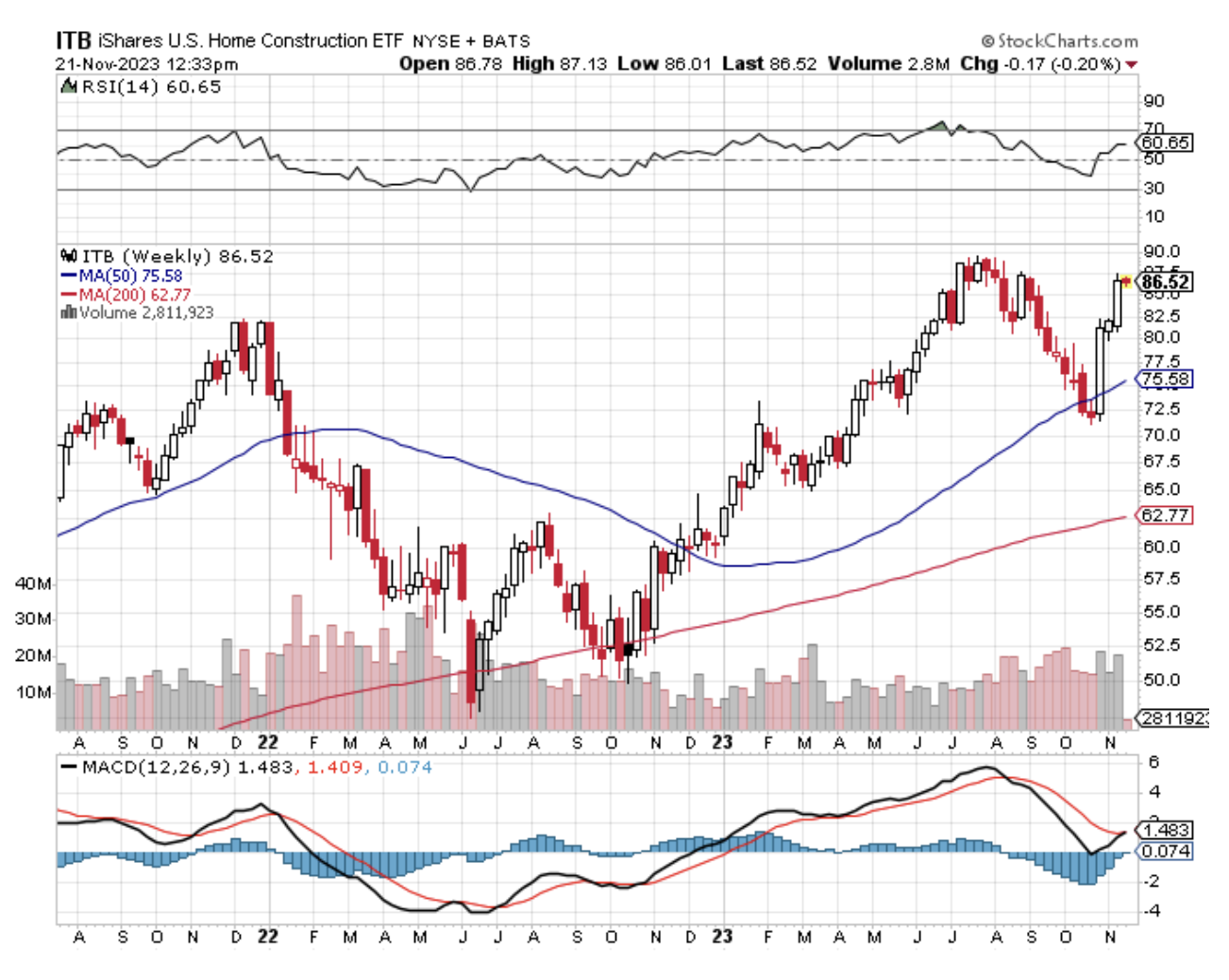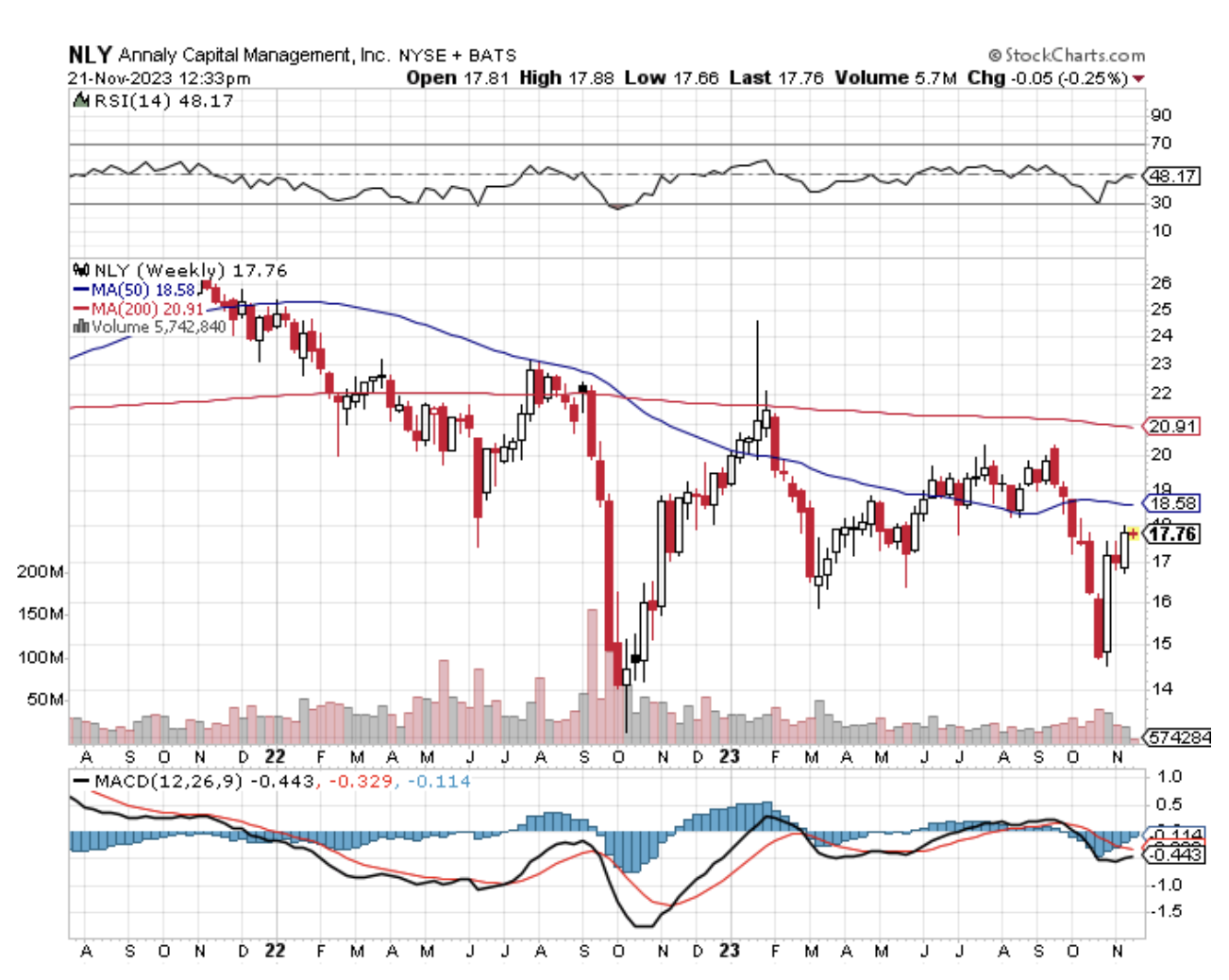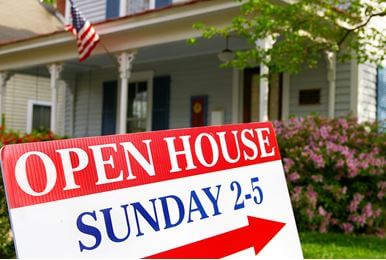Here is Your Top Performing Investment for the Next Five Years
Will gold be your best-performing asset for the next five years?
Is it high-growth technology stocks?
Energy stocks?
Or maybe biotech shares?
How about French collectible postage stamps or vintage racing cars?
Nope, you’re not even close. I’ll give you a hint: you’re probably sitting in it.
Yes, the best-performing investment you will own for the next five years will most likely be the home you live in.
Psshaww you may say. Perhaps even balderdash!
However, if you look at the crucial data that drives this long-ignored sector, my conclusions are unassailable.
You can count on your home to appreciate at a 3%-4% annual rate until well into the next decade, and more if you are fortunate enough to live on the red-hot West Coast.
Net out the copious tax breaks that come with home ownership, and your take home will be even higher than that.
For a start, the Federal Reserve’s imminent interest rate cuts are hugely pro-housing.
The conventional 30-year fixed home mortgage can now be had for a bargain of 7.40%%. They are on their way to 5.0%. And many finance their properties with the 5/1 ARM’s that I have been recommending which are currently going for only 6.60%.
Wait a few quarters and you’ll probably get a lower rate than you can get now.
That is, assuming you still have a job and haven’t been replaced yet by an algorithm.
The good news for those homeowners who rely on the floating rates of an adjustable-rate mortgage is that this is not a low-interest-rate decade coming, but a low-interest-rate century.
Another big housing positive is plunging fuel prices, which have cratered 35% in two months.
Cheap fuel means that consumers have more money in their pockets with which to qualify for loans, buy houses, and meet their mortgage payments.
Not only will this be a low-interest-rate century, but it will also be a low-energy cost century as well. If solar energy costs continue their dramatic rate of improvement, around 50% every four years, it will nearly be free by 2030.
Not only will free energy provide a big underpinning under home values, but it will also increase the value of suburban homes where commuting is a major factor.
It gets better.
You know that Millennial of yours who’s been living in your basement since he graduated from college?
Go downstairs and take a look. Chances are he probably moved out when you weren’t looking, turning his prodigious gaming skills into a high-paying coding job.
What’s more, he’s now dating a girl. You know, the one with the nose ring, the streak of purple hair, and tattoos up and down both arms.
That leads to family formation.
And you know what? The most important trend affecting the economy that no one knows about is that THE UNITED STATES IS ABOUT TO ENJOY ANOTHER BABY BOOM!
That’s why new household formations are likely to jump from the current 1.2 to 1.5 million a year in the coming decade.
However, only 1 million homes a year are being built, thanks to the halving of construction capacity in the aftermath of the Great Recession. Subtract from that 250,000 houses a year that get demolished.
Does anyone hear the words “short squeeze”?
That means 86 million Millennials will be chasing the homes of only 55 Gen Xers. Americans aren’t the only ones buying homes.
Are you convinced now? Are you ready to jump into the real estate boom and participate more than just through your residence?
Fortunately, there are several ways you can achieve this.
Residential Real Estate Investment Trusts (REITs), like Anally Capital Management (NLY), offer the opportunities of both a high yield and capital appreciation.
Better yet is that all of these trade at deep discounts to book values because of the wreckage caused by the recent interest rate spike.
They include traditional new homebuilders, such as KB Homes (KBH), Pulte Homes (PHM), and DH Horton (DHI). Another option is to take a basket approach by picking up the iShares US Home Construction ETF (ITB).
See you at the next open house!









